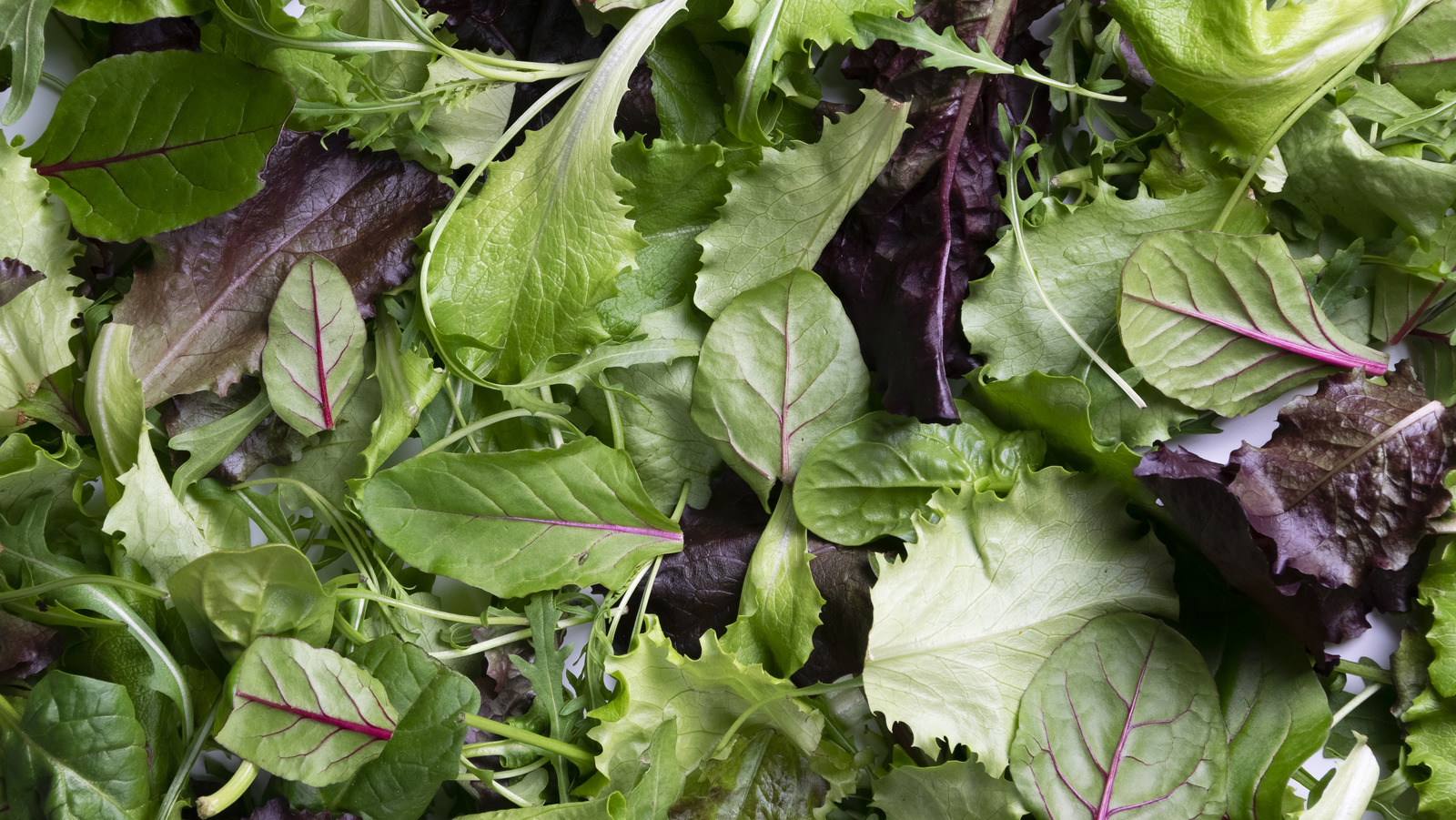Listeria Buldak Noodles: A Deep Dive Into This Spicy Sensation
Are you a fan of spicy food? If so, you’ve probably heard of the increasingly popular Listeria Buldak Noodles. This delightful dish is not just a meal; it’s a culinary experience that has captivated taste buds around the world. In this article, we will explore everything you need to know about Listeria Buldak Noodles, from its origins to its potential health risks, and how to enjoy this spicy dish safely.
As we delve into the world of Listeria Buldak Noodles, we will address various aspects, including its unique flavor profile, nutritional value, and the safety concerns surrounding its consumption. With the rise of foodborne illnesses like listeriosis, it is essential to understand the implications of enjoying such delicacies. So, whether you are a seasoned foodie or a curious newcomer, this article promises to provide you with valuable insights.
Join us as we navigate through the delicious yet complex landscape of Listeria Buldak Noodles. Each section will unravel the mystery behind this spicy phenomenon, ensuring you are well-informed about this trending dish. Let’s get started!
Table of Contents
- What is Listeria Buldak Noodles?
- History and Origin
- Nutritional Value
- Health Risks of Listeria Buldak Noodles
- How to Enjoy Listeria Buldak Noodles Safely
- Popular Brands of Buldak Noodles
- Cooking Tips for Perfect Buldak Noodles
- Conclusion
What is Listeria Buldak Noodles?
Listeria Buldak Noodles is a spicy instant noodle dish that has gained significant popularity, especially among lovers of Korean cuisine. It features a distinctive flavor profile, characterized by its intense spiciness and unique seasoning. As the name suggests, it is often associated with the bacterium Listeria monocytogenes, which is commonly known to cause foodborne illnesses. However, the noodles themselves are not inherently dangerous unless mishandled or improperly cooked.
History and Origin
Buldak, which translates to "fire chicken," originated in South Korea and is typically made with chicken that is marinated in a spicy sauce. The instant noodle version, known as Buldak Noodles, was developed to cater to the growing demand for quick and spicy meals. The product quickly became a sensation in South Korea and eventually made its way to international markets.
Key Historical Milestones
- Introduction of Buldak in the early 2000s as a popular street food.
- Launch of instant Buldak noodles by major Korean food companies.
- Rapid global expansion through online platforms and social media.
- Emergence of various challenges, such as the "Buldak Noodle Challenge," that further popularized the dish.
Nutritional Value
Understanding the nutritional content of Listeria Buldak Noodles is crucial for making informed dietary choices. While these noodles are undoubtedly delicious, they also come with certain nutritional considerations.
Nutritional Breakdown
| Nutrient | Amount per Serving |
|---|---|
| Calories | 540 kcal |
| Total Fat | 23 g |
| Sodium | 2,140 mg |
| Carbohydrates | 75 g |
| Protein | 12 g |
Health Risks of Listeria Buldak Noodles
While Listeria Buldak Noodles can be a tasty addition to your diet, there are some health risks associated with their consumption, particularly concerning listeriosis.
Understanding Listeriosis
Listeriosis is a serious infection caused by eating food contaminated with Listeria monocytogenes. Some populations are more susceptible to this infection, including pregnant women, newborns, older adults, and individuals with weakened immune systems.
Key Health Risks
- High sodium content can lead to hypertension.
- Risk of foodborne illness if not cooked or stored properly.
- Potential allergic reactions to ingredients used in the noodles.
How to Enjoy Listeria Buldak Noodles Safely
To make the most of your Listeria Buldak Noodles experience, it is essential to prepare and consume them safely. Here are some tips:
Preparation Tips
- Always follow the cooking instructions on the package.
- Ensure that the noodles are cooked thoroughly to eliminate any potential bacteria.
- Consider pairing with vegetables or proteins to balance the meal.
Popular Brands of Buldak Noodles
Several brands have made a name for themselves in the world of Buldak Noodles. Here are some of the most popular ones:
- Samyang Foods: The original creators of Buldak Noodles.
- Paldo: Known for its spicy varieties.
- Ottogi: Offers a unique twist with its flavor options.
Cooking Tips for Perfect Buldak Noodles
If you want to elevate your Listeria Buldak Noodles experience, consider these cooking tips:
- Add a pinch of sesame oil for added flavor.
- Top with green onions or sesame seeds for garnish.
- Experiment with different accompaniments like eggs or cheese.
Conclusion
In conclusion, Listeria Buldak Noodles offer a unique culinary experience that can be enjoyed by many. However, it is crucial to be aware of the potential health risks associated with this dish and to take necessary precautions during preparation. With the right approach, you can savor the spicy delight of Buldak Noodles while minimizing any health concerns.
We encourage you to share your thoughts and experiences with Listeria Buldak Noodles in the comments below. If you found this article informative, consider sharing it with your friends or exploring more of our content on Korean cuisine!
Thank you for reading, and we hope to see you back for more exciting culinary adventures!
Is Ryan Reynolds Voting For Donald Trump? A Deep Dive Into Celebrity Political Opinions
Was Sean Combs Ever Married? A Deep Dive Into His Relationships
American Pickers Mike Wolfe: The Journey Of A Passionate Antique Picker


